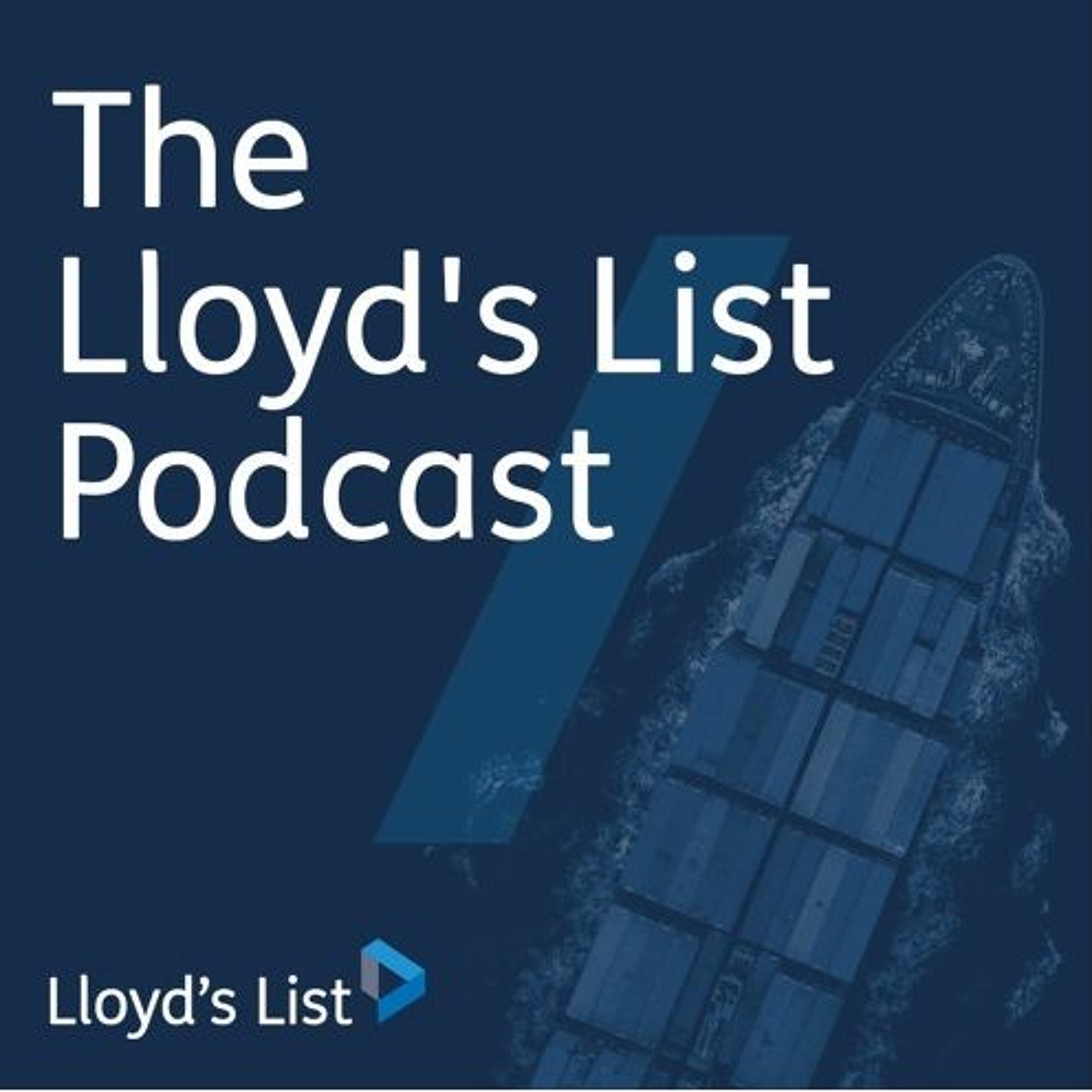
The Lloyd’s List Podcast: Shipping’s evolving security threats
 2024-07-05
2024-07-05
Download
Right click and do "save link as"
The threat posed by Houthi missiles and uncrewed surface vessels sits at the lower end of the risk spectrum for shipping.
Things could be worse. A lot worse.
That was the rather worrying assessment this week from the latest in a series of Geopolitical risk webinars we’ve been running here at Lloyd’s List and for this week’s podcast we are bringing you a few highlights from the discussion.
The Red and Black Sea risks inevitably came up, but more generally we were looking at the risks that should be higher up the shipping industry’s agenda right now.
And there are many such threats on the horizon.
For all their haphazard half truths and fictional claims, the Houthis have managed to prove how exposed maritime trade is now to even the most basic attacks on choke points.
And, for all its lauded adaptability, seaborne trade is highly vulnerable and bad actors do not need a high level of sophistication to cause widespread disruption. They don’t even need a huge amount of successful attacks – there mere threat is sufficient in some cases to divert globalisation.
Today it’s the Bab el Mandeb – tomorrow, what the Taiwan Strait?
And what about the less visible threats to shipping security. It’s not just Joe Biden who is worried about Chinese spy cranes. China’s evolving trading relationships with US and Russia requires a risk assessment certainly, but the increasingly blurred lines between Chinese commercial and state-controlled entities is being flagged as a major concern by companies, particularly in relation to the data access and intelligence gathering abilities it affords the Chinese state.
Featured on this week’s edition of the podcast:
Nissa Felton - Senior Manager, Geoeconomic Influence & Threat Intelligence - Janes
Mike Plunkett - Senior Naval Platforms Analyst - Janes
Bridget Diakun - Maritime Risk Analyst - Lloyd's List Intelligence
Michelle Wiese Bockmann - Principal Analyst - Lloyd's List Intelligence
view more
More Episodes
012345678910111213141516171819
Create your
podcast in
minutes
- Full-featured podcast site
- Unlimited storage and bandwidth
- Comprehensive podcast stats
- Distribute to Apple Podcasts, Spotify, and more
- Make money with your podcast
It is Free
- Privacy Policy
- Cookie Policy
- Terms of Use
- Consent Preferences
- Copyright © 2015-2024 Podbean.com






